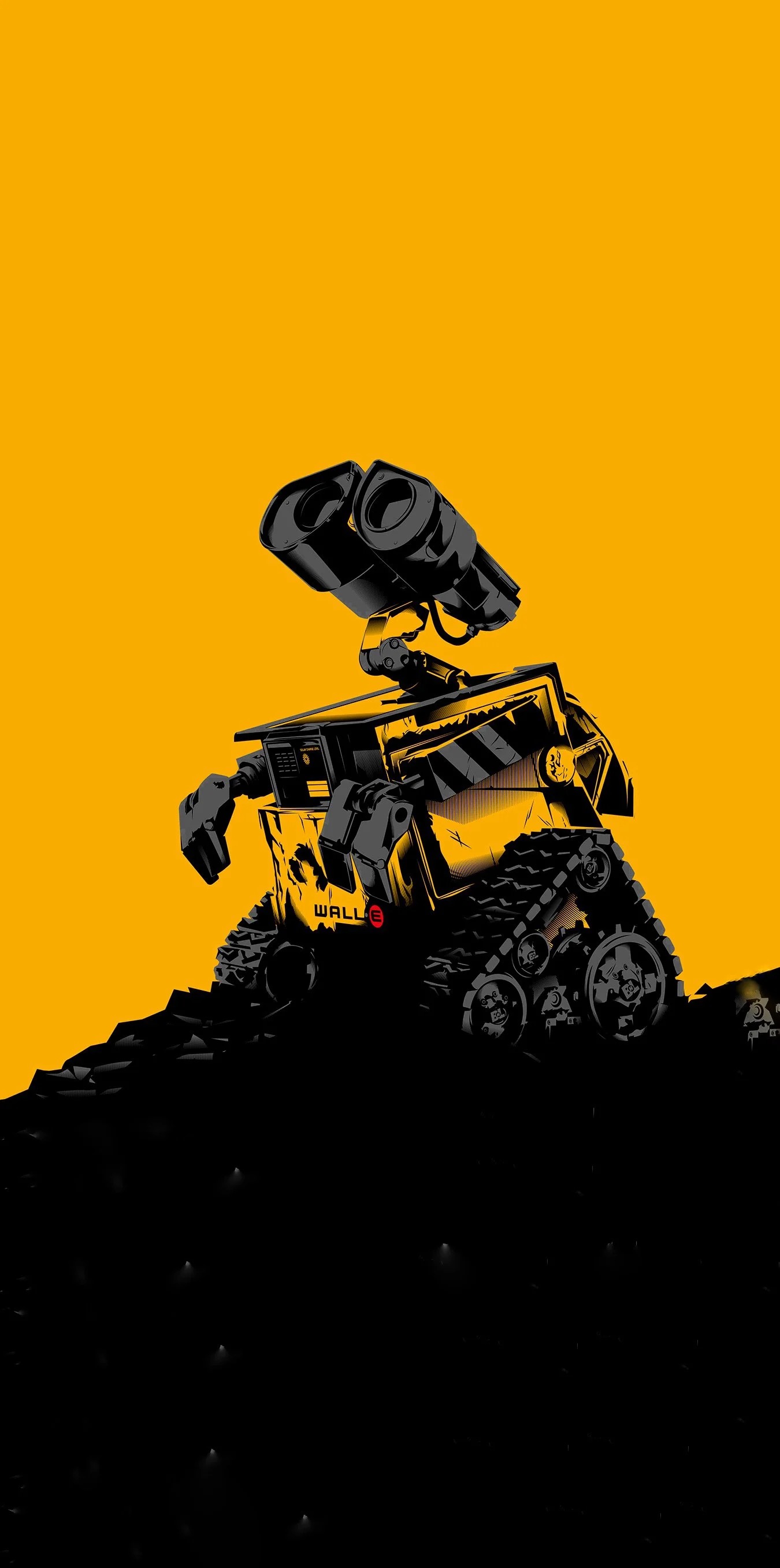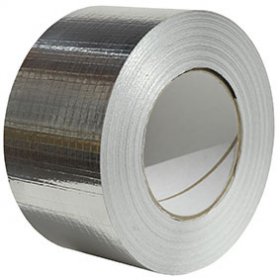Title text:
Turning in other directions can be accomplished by using a magnetized centerboard and ocean currents, since a current flowing through a magnetic field induces a Laplace force.
Transcript:
[Four panels show a schematic sail boat, seen from above, to indicate how it can sail into the wind. In the first panel the boat is heading straight up in the panel. The sail is fixed at the bow and describes a slight curve going to the right of the boat and then curving to the left, ending close to the stern. The rudder can be seen behind the boat. Five arrows, pointing towards 4:30 on a clock face, are drawn at the top left part of the boat, indicating the direction of the wind. There is a frame above the drawing of the boat with text. And then the arrows are labeled, and small lines going to the sail and the hull of the boat connects with two more labels:]
How sailboats use physics to sail upwind:
Wind
Boat
Sail[In the second panel the boat is drawn similar to panel 1, but the wind arrow have been changed to showing how the wind now blows past the sail on either side. This is done with two lines of three arrows that goes on either side of the sail, and the second and third arrow bends to follow the curve of the sail. Charged ions are shown across both sides of the sail with positive on the left side of the sail, (over the hull of the boat) and negative on the right side, over the sea to the right and behind the boat. The positive charges are small + signs in circles and the negative minus signs in circles. Above the drawing there is the following text:]
1. Wind passing over the sail strips away electrons via the triboelectric effect.[In the third panel the boat has turned towards right and has been moved closer to the bottom of the panel (this could be to acomodate more text above though). The entire hull is now covered in positive charges. A large broad dashed vector is shown going in the direction of the wind. The arrow is not over the boat but on either side of it, with the arrow head ending right of the stern of the boat. Two thin arrows are shown above the end of the force vector. A short solid arrow, that points along the same direction as the large arrow. And then a dashed arrow is drawn perpendicular to the first of these thin arrows (pointing along 1:30 on a clock face. Above the drawing there is the following text:]
2. The positively charged boat is blown downwind; its movement in Earth’s magnetic field produces a Lorentz force.[In the fourth panel the boat has turned even more towards right and is back to the same height in the panel as the first two panels. The entire hull is still covered in positive charges. The broad dashed vector is still shown, but after starting in the wind direction it can be seen to turn slightly upwards before reaching the boat. And then when it comes out the other side of the boat it points in the direction of the bow of the boat, the arrow ending in front and a bit to the right of the boat. The two thin arrows from before are now shown to the left of the boat , with the short solid arrow pointing along the same direction as the start of the large arrow. And then a the dashed arrow drawn perpendicular to the first of these thin arrows pointing in the direction the boat is sailing. Above the drawing there is the following text:]
3. The Lorentz force acts perpendicular to the direction of motion, redirecting the boat upwind.
Source: https://xkcd.com/3090/
Dear bot maintainer,
Any chance of getting the bot to use the source page as the post link, rather than linking to the image alone and burying source link within the body?
That would make it easier to view the whole comic, complete with hover text, in one place.
Edit: Linking to the mobile site would also work, and perhaps better accommodate both mobile and desktop users. Like this: https://m.xkcd.com/3090/
I actually like it better this way because the full comic can be viewed and zoomed in on in app (Voyager in my case). I’ve seen these posted with the source page as the post link and I can’t click on the image to zoom in without being pulled out of app with a wait for the web page to load. Also, when entering the post to see the comments, the thumbnail is so small when the source page is linked, making the comic unreadable. With an image alone, the full comic is viewable beside the comments. Is it different for you?
The thing is, with xkcd, the image is not the full comic. Part of the comic is the hover text, which you don’t get with the image alone.
The way things are now, I click the title and it takes me to a bare image, so I then have to go back, and then read through the post body to find the link to the whole comic, and then click that. It’s a hassle.
(And since you mentioned viewing comments alongside the image, you should be aware that Lemmy’s default interface shows only a thumbnail fragment of the image on the same page as the comic. I guess you might be using a mobile app.)
The bot adds the alt text to the post, so no need to head to the site to see the entire comic.
Are you the bot author? If so have you considered using Lemmys alt text field directly? This would display the text with the image is some clients like voyager. It would also federate to Mastodon (post body doesn’t federate). You could also keep the text in the post body and do it both places :)
I am not, that appears to be @deebster@programming.dev
I had tried that before (when posting manually) but didn’t think it worked very well. I’ve edited it in to this post to test.
It’s also not technically the alt text, it’s the title text, but I’m not sure many people care about the distinction.
Cool :)
That splits the comic between two separate screens, and requires multiple steps (and page loads) to read it.
It’s not as good as linking to the whole comic, intact, in one place.
As has been pointed out though on non-web clients it’s much more disruptive to link to the webpage instead of how the bot works now. I’m not sure what the split is between web and mobile users but I’d hazard a guess there’s appreciably more mobile client users.
I’m also not sure why it would require more loads on web, if you open a post (as you have to do regardless) does it not show the image with text below it anyways?
If you are on the standard lemmy ui:
- Click on the post, not the image source
- Expand the image by clicking on it
- You can now see the comic and alt text in one place
Still not equivalent, since it still requires multiple steps, and doesn’t work with privacy settings that forbid off-site images.
I guess this is going to come down to desktop vs mobile preference. On mobile this shows everything on one page with no additional loading. Alternatively, using the source page requires multiple steps and page loads for mobile users, who may also need to amend the link to see the hover text.
I guess this is going to come down to desktop vs mobile preference.
In that case, perhaps linking to the mobile site would make sense, since it ought to work for both mobile and desktop:
deleted by creator
Ah, thanks for clarifying. I never knew about the hover text. I just viewed the source page on my desktop browser and now I see it. However, is this text even viewable on mobile, when you don’t have a cursor to hover?
E: Now that I’ve read the hover text on my desktop, I’ve noticed that it’s the same as the text added to the post by the bot. I really like this implementation with the image linked alone. When the post is viewed on mobile, all text is viewable and the full comic is shown legibly.

The mobile browsers I’ve used let you long-press the image to see the hover text.
If yours doesn’t, you can always prepend
m.to the domain name, like this: https://m.xkcd.com/3090/Thanks for the tip!
Bot author here - I thought that the current implementation was a big improvement because it meant you didn’t have to load up an external website but I should have known that not everyone would be happy!
Looking at the votes for the comments for and against this idea, it looks like if it went to a vote the current setup would win, but I’ll think about how it can be improved.
I’m not sure the current comment votes are representative, due to the selection bias that forms as people engage (or don’t) with idea comments & their replies, but I acknowledge that it is possible that a proper vote would end up as you expect.
EDIT: Lemmy posts have both an URL field and an image field. What would happen if the change I suggested was made, and the image field was used for the coming image? Hm… Maybe that’s worth a test.
If directly linking to the full comic page as the main link is a no-go, how about putting the source link at very top, as the first line in the body? That would at least make it a little easier for desktop users to target the link they need for a single-screen view of the whole comic.
If you upload an image, the URL field is populated with the URL of the uploaded image, so there’s not really multiple fields like it appears.
I can definitely change the template, although I won’t edit the bot before the next comic which might be any second now.
If you upload an image, the URL field is populated with the URL of the uploaded image, so there’s not really multiple fields like it appears.
Sure enough; I just discovered this for myself when running some tests. I also noticed that Lemmy offers an Alt Text field, which it looks like the bot is already populating.
Test 1 : The URL field and the image attachment field were used; the latter overwrites whatever is placed in the former. I guess this might be modeled after Reddit.
Test 2: A direct link to the image at xkcd.com was placed in the URL field, and the source link placed at the top of the body. Result: This is similar to the bot’s current format, including the flaw that a desktop browser with strict privacy settings won’t show the comic image as part of the post when the thumbnail is clicked, because it’s an off-site image. Having the source link at the top of the body does at least make it a little more convenient to click through to xkcd.com’s single-page view.
Test 3: Only the image attachment field was used; the URL field was left blank. Result: This allows a desktop browser to show the comic image in-line when the thumbnail is clicked even with strict browser privacy settings, if the post is being viewed on the Lemmy instance where the post was made, because then it’s not an off-site image. Unfortunately, it’s still an off-site image when viewed on other Lemmy instances. The source link was again placed at the top of the body.
(Side note: I used m.xkcd.com links instead of plain xkcd.com links in these tests, just to see how the mobile site looks in different browsers. In practice, either ought to work.)
Conclusion: I don’t have one just yet. It would be nice if we could direct all Lemmy instances to make their own local copy of a post’s attached image, to avoid the off-site image problem. Unfortunately, I don’t think there is a way to do this, and I suspect it would be too burdensome for some small instances.
Having the source link at the top of the post body is helpful, at least.
Regarding the edit:
The mobile link might be better than the usual link, but I’d still prefer the one-stop-shop of this current method. Comic, hover text, and comments are all viewable in one place without the additional wait of switching to a browser app and loading the page. I wish the desktop experience mimicked this.
dammit the bot was faster than even the explainxkcd page creation bot, not to even speak of https://mastodon.xyz/@xkcd :o
Yes, it’s possible (and common) for a boat to sail against the wind by the power of its sail alone. Sailors have known this for hundreds of years but if it sounds impossible, no worries, I thought so too at first.
Here’s how it works, simplified so I can get in trouble with pedants:
The boat, first of all, has a keel (the blade-like bottom of the hull) which “locks” it into movement along a single axis: forward and backward. The wind is not going to blow the boat sideways, at least not very effectively.
Second, sails are curved, not flat, and can rotate (when seen from above). The force created when the wind deflects off the sail matches the curve of the sail, more or less.
So if the wind is blowing directly south ⬇️ and you want to travel north ⬆️ you angle the boat northeast ↗️ so it can only move northeast or southwest. Then you point the sail east ➡️ so the wind gets deflected west ↩️. Newton’s third law does the rest. When the wind hits, the boat will move northeast ↗️ because the keel prevents it from going straight east.
Then after a while you turn the boat (“tack”) northwest ↖️, point the sail west ⬅️, and continue.
Well that doesn’t look right but I’m not a boat physicist so I’ll just accept it at face value.
simple as
deleted by creator
Haha no I’m no physicist but they’re using other explanations that are completely inappropriate to come to the same conclusion, it looks like
even if it’s true, the effect would likely be unmeasurably tiny. way bellow negligible.
but I’m curious if it is also sort of true.
Explain like I’m Calvin.
Explain Like You’re Calvin







